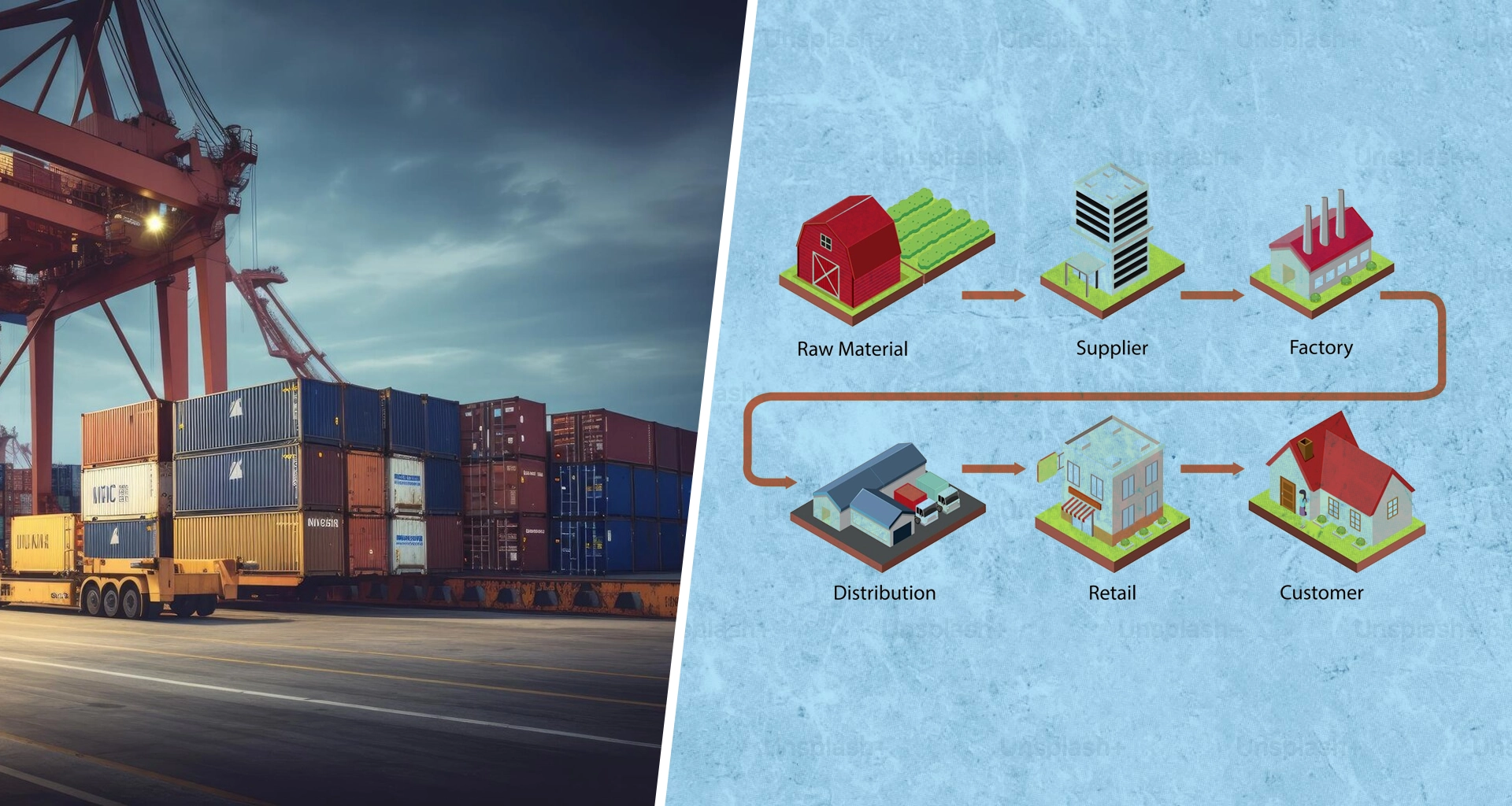The difference between value chain and supply chain becomes clear when you look at the everyday flow of how products are created, moved, and experienced. A carpenter I once spoke with carefully plans his sourcing process, making sure the wood arrives on time from his supplier that’s the supply chain in motion. But what sets his furniture apart is how he finishes each piece by hand, adding personal detail and care that’s value being created.
At a nearby café, the owner talked about her smooth process of getting beans from a regular vendor. But beyond logistics, she focuses on creating a warm setting and thoughtful service, turning a simple cup into something people remember. That experience adds value far beyond the product itself.
Meanwhile, a farmer described how he delivers crops through a reliable transport network, meeting tight schedules and shelf-life demands. Yet, he also adjusts his planting based on what his customers look for seasonally, shaping his offerings to meet real preferences not just production needs.
These examples reflect a broader truth. A supply chain moves materials, connects locations, and ensures availability. A value chain looks beyond the mechanics, focusing on quality, presentation, relevance, and customer connection. One is operational. The other is strategic. But both must align for consistent business performance.
Whether you’re managing stock or shaping a brand, the strongest impact comes when supply works efficiently and value is built at every step. That balance is what keeps products flowing and people returning.
Table of Contents
What Is a Value Chain and Why Does It Matter?
A value chain is the complete sequence of activities that adds value to a product from the first concept to the final delivery.
Each step, whether sourcing, designing, producing, or selling, contributes something that enhances the customer’s overall experience. It’s not just about making something it’s about making it better, more useful, more desirable, and more relevant to the end user. For example, when a product is carefully crafted, thoughtfully packaged, and clearly communicated, each layer strengthens its appeal.
This matters because every decision within a value chain how raw materials are chosen, how a product is assembled, how it’s positioned shapes both perception and satisfaction. A well-managed value chain doesn’t only drive efficiency; it strengthens trust and sets the product apart in a crowded marketplace.
When these links work in sync, businesses can deliver consistent quality, meet customer needs with precision, and stand out through meaningful differentiation.
What Is a Supply Chain?
A supply chain is the system that moves products from raw materials to the hands of the customer. It includes every stage sourcing, manufacturing, transportation, storage, and final delivery.
Unlike broader strategic frameworks, the supply chain focuses on the operational flow: how things are made, moved, and received. Whether it’s food arriving fresh at a store or machinery parts delivered just in time for repair, the goal is consistent movement without unnecessary delay or cost.
Each link in this chain must stay connected. When supply chain management is effective, inventory flows smoothly, demand is met on time, and operations remain cost-efficient. A break at any point delay, shortage, or miscommunication can disrupt everything downstream.
That’s why the supply chain isn’t just logistics it’s the structure that keeps products available, customers satisfied, and businesses resilient.
How Do Value Chain and Supply Chain Differ?
| Aspect | Value Chain (Customer Focused) | Supply Chain (Operations Focused) |
|---|---|---|
| Focus | Enriching customer experience like a florist selecting rare blooms and weaving their story | Ensuring goods move efficiently like a delivery driver navigating optimized routes |
| Perspective | Customer-first: a baker gathers feedback to refine recipes and delight customers | Business centered: a warehouse team organizes stock to support production flow |
| Process | Strategic and creative: a tailor researches trends to elevate product appeal | Tactical and logistical: a farmer coordinates crop transport to reach markets on time |
| Activities | Wide ranging: design, packaging, marketing; a jeweler builds brand through presentation | Narrow focus: sourcing, storage, transport; a mechanic ensures parts arrive just-in-time |
| Order | Flexible and feedback driven: a toy seller adapts packaging after customer preferences | Sequential: a courier follows a scheduled route to fulfill daily deliveries |
| Objective | Build loyalty through experience: a pharmacist offers advice along with medicine | Drive efficiency: a grocer ensures repeat orders by keeping shelves consistently stocked |
| Steps | Multi-layered: innovation, storytelling, after-sales support like a furniture maker testing finishes | Streamlined: sourcing → manufacturing → delivery like a café restocking its supplies |
| Outcome | Differentiation and premium appeal: a café with a signature blend builds market presence | Predictable operations: a trucker ensures fresh produce reaches stores daily |
Conclusion
Understanding the difference between a value chain and a supply chain offers more than just operational clarity it reveals how businesses create both movement and meaning. A supply chain ensures that goods are sourced, produced, and delivered efficiently. A value chain, on the other hand, adds purpose, quality, and experience at each stage to meet customer expectations.
When these two frameworks work together, the result is more than just on-time delivery it’s delivering something that resonates. From reducing delays to refining product presentation, each improvement along the chain strengthens overall performance. It’s not a matter of choosing one over the other, but of aligning both. Efficiency moves products. Value builds loyalty.
As industries grow more competitive, this balance becomes essential. Businesses that streamline logistics while enhancing product experience are better equipped to respond to change and customer demand. Whether you’re managing a warehouse or refining a product line, keeping both chains in sync can shape long-term success.

